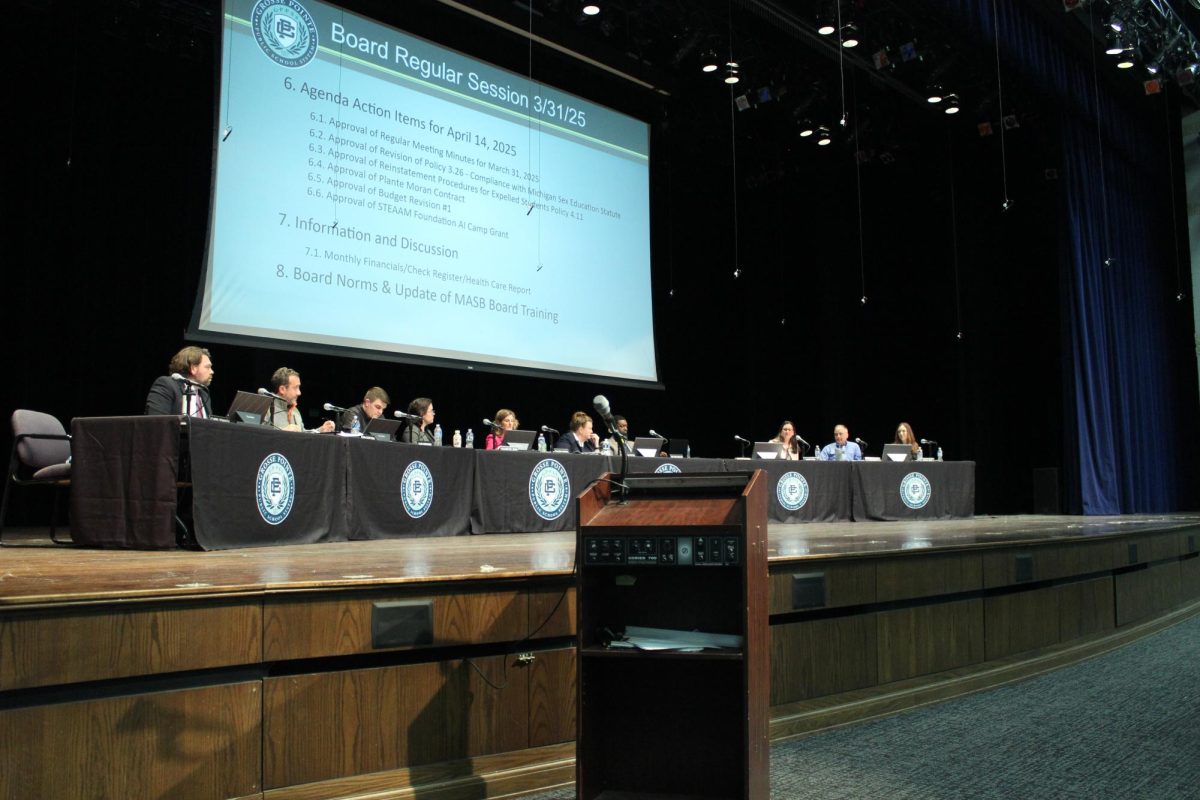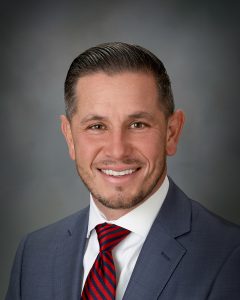False positivity and stigmas surrounding mental health- How problematic is it and what can be done?
January 27, 2022
As people continue to grapple with the challenges associated with mental health, there are many things that tend to be overlooked or considered taboo– especially when it comes to the factors surrounding why a person is struggling, such as certain triggers.
For Kennedy Boll ‘22, getting the courage to talk openly about some of the mental health issues that she was dealing with was an uphill battle, due to the difficulty of acknowledging the struggle going on in her life.
“It’s hard to open up (about mental health issues), but just talking to someone and knowing that they are here for you helps a lot,” Boll said. “I think a lot of people are still scared to talk about mental health, and I think some people don’t understand how important that is.”
According to guidance counselor Eric Burson, there are plans in place whenever it is brought to light that a student is going through a mental health crisis.
“When somebody comes to me, it’s quite obvious that they’re in distress,” Burson said. “It could be that they’re having a panic attack or a lot of anxiety, or it could be that they’re depressed of some sorts. The first thing that I’ll do is assess how long it’s been going on (and) how severe it is. Then what I’ll try to do is get parents involved, and then we’ll get the students some outside help– specifically, outside (of school) counselors.
Besides the protocol in place for struggling students, there are other resources and staff members who are available to students, including school psychologist Lisa Khoury.
“If there is a student that is struggling and their counselor isn’t available, then Mr. Rhoby, the social worker, or myself are available to talk through things or help students,” Khoury said. “We also created the ‘Chill Room’ across from my office. This is a space where, in terms of mental health, we first meet the student and then work through what the main reason for them visiting the Counseling Center is. Then, (we) work through some strategies. The Chill Room is a place for decompressing and regrouping so that they can get back to class.”
Whenever she has needed any assistance in terms of mental health issues and other types of discussions that are typically reserved for the counseling department, Boll was able to receive assistance that was both helpful and impactful– and hopes that other students will be able to use the resources from the counseling department more frequently.
“I think that the kids at South are very lucky to have a staff that cares and is willing to help, especially with all the resources and the counselors that we have,” Boll said.
As a guidance counselor who focuses on dealing with students, Burson believes that there is a stigma that often surrounds discussing mental health, which can possibly trigger a false sense of security in terms of a person’s well-being.
“I don’t know if it’s a false sense of positivity, but I worry about a stigma that’s attached to mental health,” Burson said. “For example, if I had depression or anxiety, why should that be any different than if I had diabetes or another disease like that. In other words, if we can get rid of that stigma, I think more people would get help.”
According to Khoury, one of the factors that may create this false sense of positivity is social media, which often creates unrealistic and exaggerated “lifestyles” that aren’t as perfect as they seem to appear from an outside lens.
“People’s posts on social media, (such as) Instagram or TikTok or any other platform, it’s typically capturing fun times, because that’s what people typically take pictures of,” Khoury said. “Even before social media existed, people didn’t break out the camera or the Polaroid to capture somebody falling off their bike and getting injured. So most of the time, (social media) is showing areas that are positive and typically overinflated. And because of all the photoshopping that can be done, there can be people that look different than what they really are.”
As a student, Boll agrees with this type of sentiment, and hopes that more people begin to realize that the false message that is spread regarding mental health, and hopes that many people begin to realize that it is okay to be able to discuss difficult and often taboo topics, such as mental health.
“I think the media shows mental health as something that is easy to go through– which is not,” Boll said. “It takes a lot to get help or open up, and I think more people should be more okay with opening up and asking for help.”
Although it may seem that the topic of mental health and wellness is stigmatized within society, there are ways that people are trying to break the ice in order to make the topic easier to talk about, something that Khoury has been doing recently to help students become more comfortable discussing in school.
“I do interviews like this in order to be more diligent when it comes to mental health,” Khoury said. “We’re helping students to understand that what they see on the Internet might not be reality, and (to) triangulate some data into what they know. I also feel like limiting the amount of time in front of a screen is important to balance out your psyche a bit. But also learning and using some self-care techniques (is important), (in order) to try and get students to understand that it’s so important to take care of your physical, emotional, and mental health.”
As a student, Boll hopes that more students will be able to combat the stigma and false positivity surrounding through discussion and some changes into how the topic is viewed.
“I think people need to talk about mental health and the well-being of kids more,” Boll said. “It is a scary thing to do because society doesn’t seem to accept it enough, and people need to be more opening and listening to what people are going through and be there for them.”














































































